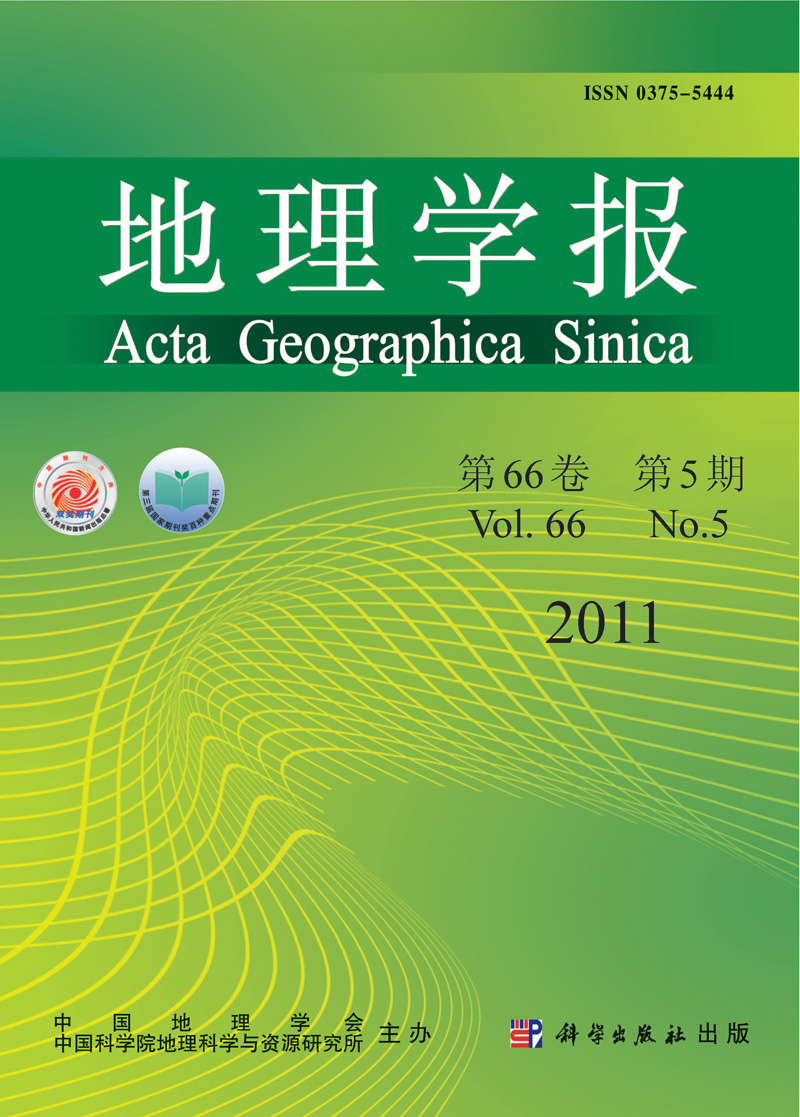ZHANG Junna, XIA Zhengkai
Evidences from archaeological and Quaternary geological researches have proved that the prehistoric flood events occurred frequently around 4000 a BP. The flood events' characteristic, scale, cause and their influence on human cultural evolution have been a concern to researchers. In China, the research on prehistoric flood around 4000 a BP started in the 1990s. In the following 10 years, geologic and archaeological relics were gradually found in Lajia Site of Qinghai Province, Xinzhai Site of Henan Province, Cuoli Site of Henan Province, Mengxian Site of Henan Province, Yinjiacheng Site of Shandong Province, etc., which aroused attention at home and abroad. The Central China Plains, the birthplace of Chinese civilization, have a few 4000 a BP flood relic sites, however, the number is small and much work should be done. Based on the previous researches and latest archaeological excavations, we carried out a study on 4000 a BP flood events in the Central China Plains, and found many geologic and archaeological relics sites, of which the most representative were the Erlitou Site of Luoyang, western Henan Province, the Xijincheng Site of Jiaozuo, northern Henan Province, and the Zhoujiazhuang Site of Jiangxian, southern Shanxi Province. These sites are situated on different types of landforms. Our research shows that all the three prehistoric flood events were related to humid climate. Meanwhile, due to different geomorphic conditions, the flood processes were different, and their influences on human beings were different, too. Our research extends the distribution area of flood relics, helps people to know more about the 4000 a BP extreme flood events, and provides abundant materials for further discussion on the environmental background of the origin of Chinese civilization.
